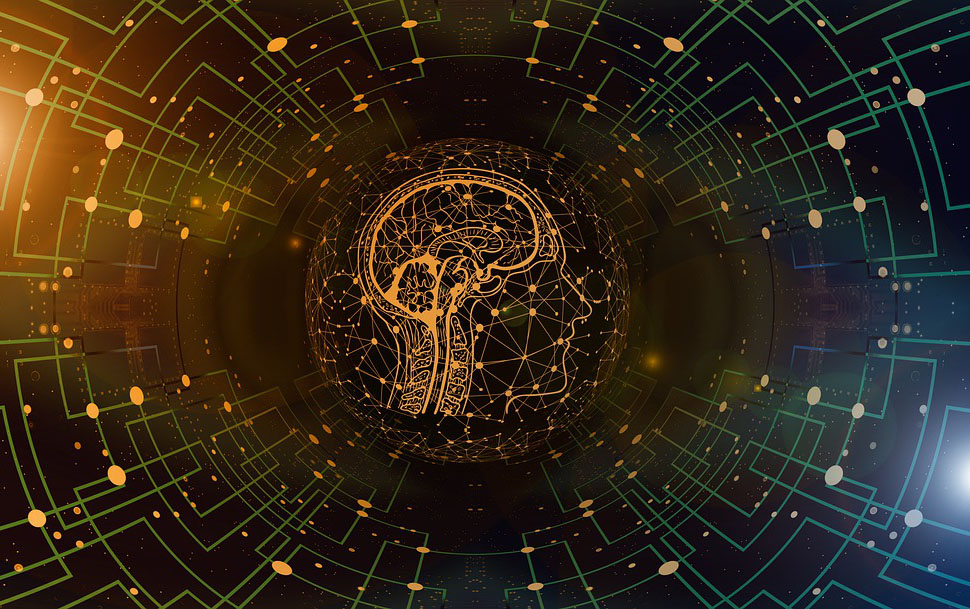Prior to COVID-19, the U.S. boasted historically low unemployment and a roaring economy. Nearly every industry was expected to face a severe talent shortage within the next 10 to 20 years. But then March hit, and the world turned upside-down.
Since then, the pendulum has swung in the other direction. The current unemployment figures are reporting as many as 10.7 million people are out of work, and, despite this sudden abundance of available workers, staffing issues remain — they’ve just become more complex.
To navigate this wildly fluctuating environment, companies will rely on data for decision-making about hiring, training and countless other matters that affect the bottom line. This will require tools, like artificial intelligence (AI), to make sense of data and to adjust quickly amid uncertainty.
The best way to examine AI’s value in today’s uncertain world is to look at how it can work within a specific industry. Doing so makes it possible to show practical applications from which lessons can then be applied to other industries.
Commercial Insurance: A Case Study
Like other industries, commercial insurance faced a significant hiring crisis pre-COVID-19. The average claims adjuster remained in the industry for just four years — about the time it takes to gain full expertise — and those workers who stuck with claims have inched closer to retirement. So, this multibillion-dollar market is at risk of losing much of the human brain trust that enables current systems to run, as new workers cannot be hired, trained and retained fast enough to balance the scales.
Fast forward to today. Commercial insurance looks markedly different. The types and volumes of claims are changing. For example, claims related to COVID-19 contact or work-from-home circumstances are rising quickly, as are post-termination claims, while traditional claims have dropped.
At the same time, access to traditional healthcare has been in flux. To combat the limitations on available providers, telehealth solutions have exploded, opening up a whole new set of providers that claims reps need to become somewhat familiar with to facilitate claims accordingly — claims that bear a greater potential for fraud and litigation, which cost companies millions of dollars each year.
In short, almost everything about claims operations has changed — and, like many other industries that have been traditionally slow to adapt to new challenges, commercial insurance faces real hurdles.
The Importance of Data and Intelligence
Data is the key to overcoming dramatic changes within a relatively static industry. Maintaining a pulse on what’s happening across a business, or with a specific claim, and how it relates to things experienced previously is important; spotting trends early is vital. Organizations require data to determine if their plans and practices are working — and, if they are not, data should be used to drive intervention and adaptation.
But thousands to millions of data points alone won’t save the day if an organization doesn’t have the capability to understand what the data is telling them. What is the context? How are points connected? If a trend continues, what will be the effects six months or two years from now?
AI systems unlock the meaning of data to make it useful, pinpointing where organizations need to make adjustments. In commercial insurance, AI could allow for expanding provider networks to offer better, faster access to care. To actually expand networks using quality providers, systems need to tap into more data to learn which providers have achieved the best outcomes on which types of cases.
What is particularly exciting about implementing AI in this rapidly changing environment is that interpretations of data are not fixed. Machine learning capabilities are constantly refining and updating insights so that organizations — and their people — can respond accordingly.
See also: How AI Transforms Risk Engineering
Designing the Future Workforce
So, if data analytics and AI become staples in modern business, how do they solve the human resource problem? What do they mean for the future workforce? The answer is threefold.
Data determines what your hiring needs actually are: In a world that is changing so quickly, your business might not need as many people specialized in a certain area, whereas new opportunities or divisions may emerge. Your business may be forced to alter its offerings to match customer needs. Data is the guide; it lets you home in on exactly what skills are required.
AI guides training: Because AI is able to analyze so much data so quickly, new hires are able to access the information and prompts they need to do their jobs well as soon as they need it. There is not as much feeling around or dependency on senior colleagues. This is not to discount the value of experience, but it means that workers can reach a competent level much faster; what they lack in experience and intuition is replaced by data-driven insights and standardized practices.
AI augments jobs: AI solutions take care of many of the rote tasks workers are routinely bogged down with today. As a result, employees can focus on making more efficient, informed decisions; they can actually use their brains more. AI flags potential errors or problems so that they can be addressed before they escalate. Reps can focus on delivering compassion at a time when people need it most.
While COVID-19 has fundamentally altered the future workforce, tools like AI help get it back on track. In leveraging it effectively, organizations will become nimbler and more responsive to conditions while employees are more knowledgeable and effective.







